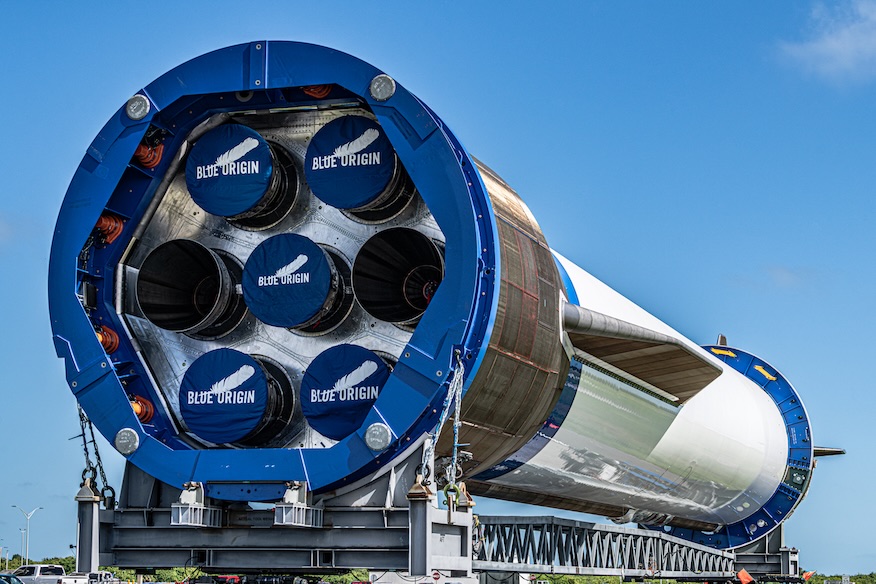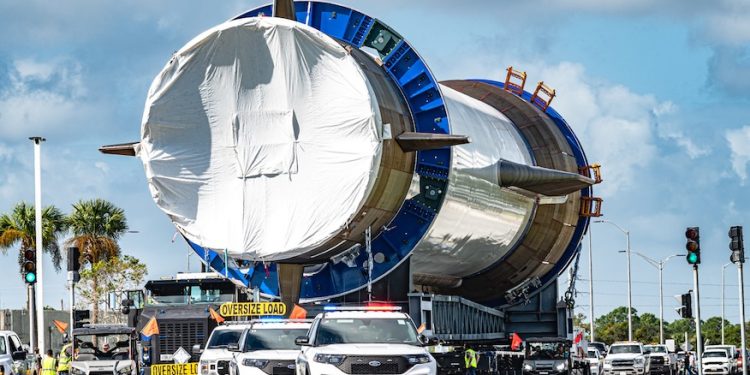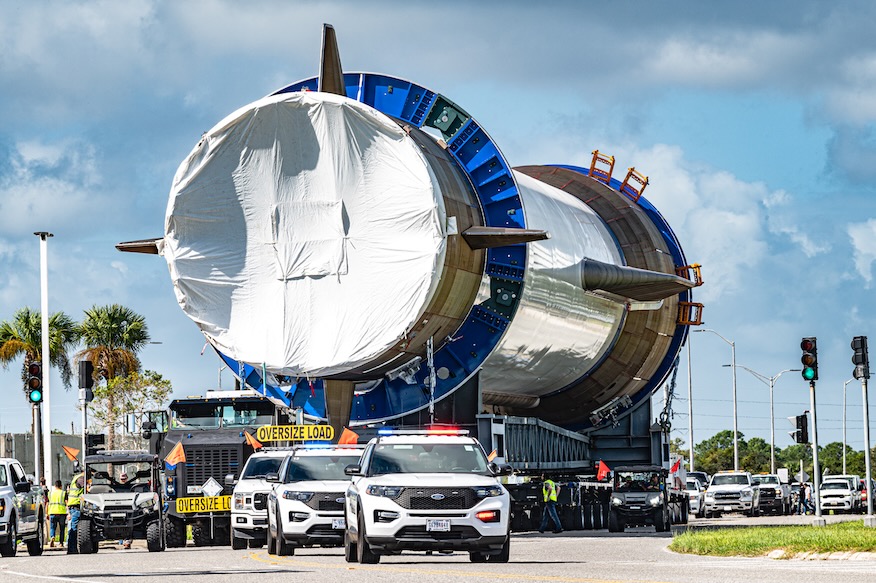
Blue Origin is one step closer to its second launch of its New Glenn rocket. Crews rolled the 180-foot-tall booster from its Rocket Park faculties near the Kennedy Space Center Visitor Complex on Wednesday morning to begin its journey to Launch Complex 36 at the Cape Canaveral Space Station.
The company announced that the rocket was in motion around 8:30 a.m. EDT (12:30 UTC) as it simultaneously launched six space tourists on a New Shepard suborbital launch from West Texas.
The booster, named “Never Tell Me the Odds”, a nod to the famous phrase of Star Warswill be used during the next launch of NASA’s EscaPADE (EscaPADE) mission. No specific date has been announced, but it would likely be early November.
The twin satellites, named “Blue” and “Gold,” were shipped from Rocket Lab’s facility in Long Beach, California, to Florida in September for final processing before the next launch. The EscaPADE mission was originally planned for New Glenn’s maiden flight, but that changed when it became clear the rocket would not be ready for an October 2024 launch.
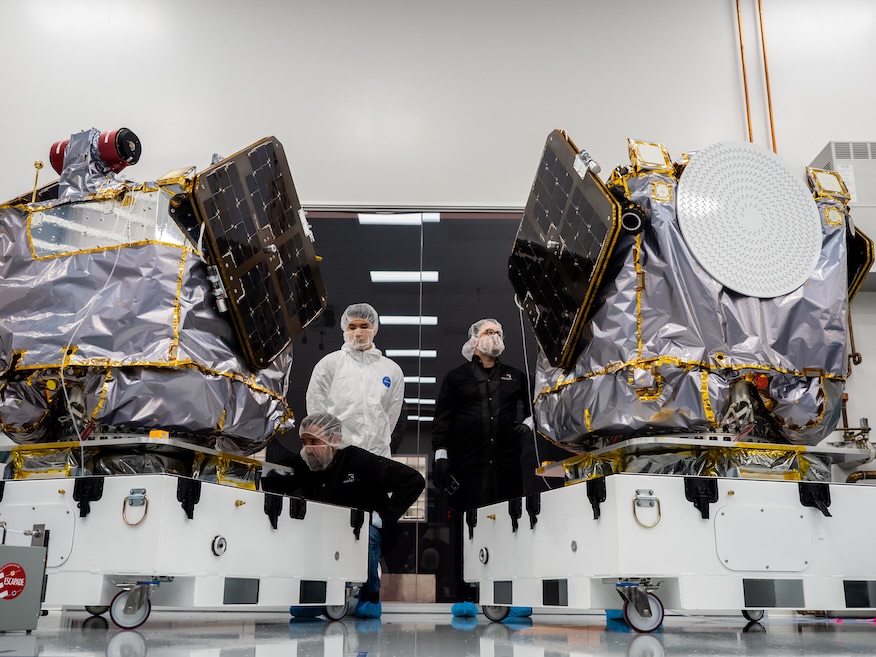
The EscaPADE mission, also called New Glenn 2 or NG-2, comes about ten months after New Glenn’s maiden flight in January, which demonstrated the company’s Blue Ring. The future version of this spacecraft will be capable of hosting and deploying multiple payloads and performing orbital maneuvers as needed.
At the International Astronautical Congress (IAC) 2025 in Sydney, Australia, last week, Pat Remias, Blue Origin’s vice president of space systems development, said they “fully intend” to recover the booster on the next flight.
Like SpaceX, Blue Origin also uses a ship designed as a landing platform for the first stage boosters. Blue Origin attempted to land its first booster, “So You’re Telling Me There’s A Chance”, on the ship called “Jacklyn”, but was unsuccessful.
“The final accident report identified the immediate cause of the accident as the failure of the New Glenn first stage to restart the engines, thereby preventing a re-entry burn and resulting in the loss of the stage,” the Federal Aviation Administration said after Blue Origin concluded its accident investigation in late March.
“Blue Origin has identified seven corrective actions to prevent a recurrence of the event. The FAA will verify that Blue Origin implements corrective actions prior to the launch of the New Glenn-2 mission.”
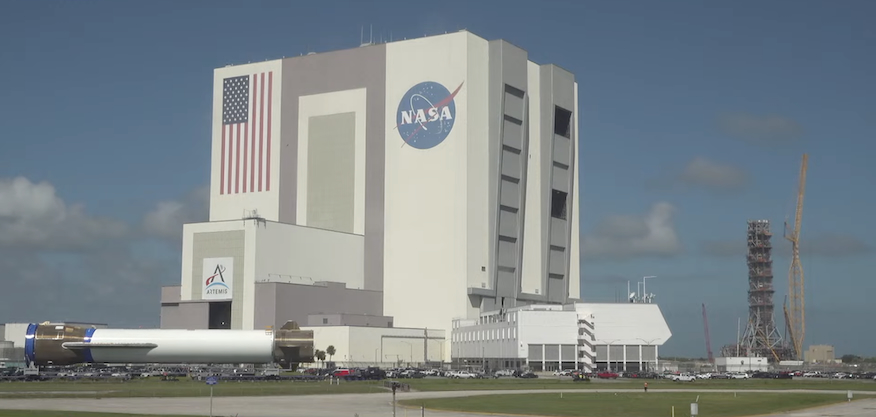
Blue Origin has a lot of confidence in its ability to get this next booster. During the IAC, Remias said that if it was successfully recovered, Blue Origin would fly it on its third mission, which would carry the first Blue Moon Mark 1, an uncrewed lunar lander.
“We will use this first stage in the next launch of New Glenn,” Remias said. “That’s the intention. We’re pretty confident this time.”
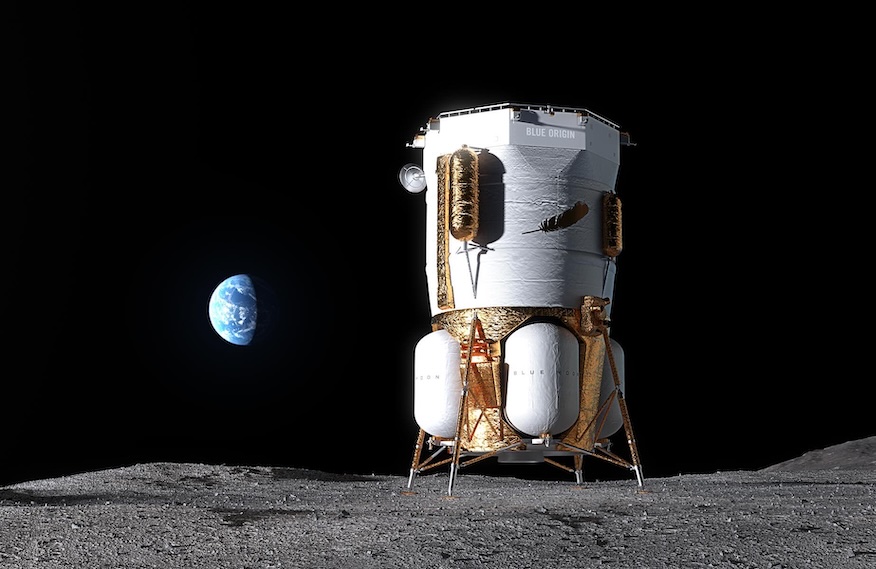
For comparison, SpaceX landed its first booster on December 21, 2015, approximately 5.5 years after its first flight. The first successful landing on one of its drones did not take place until April 8, 2016. It did not fly one of its boosters again until March 30, 2017.
Blue Origin has made progress in ramping up production of its New Glenn rockets, perhaps most notably with the launch of second stages. The upper stage of the NG-2 mission was tested at a stand near the LC-36 launch pad in April and a similar test was conducted for the third upper stage in August.
New Glenn’s upper stage is powered by a pair of BE-3U engines, powered by a combination of liquid oxygen and liquid hydrogen. The rocket’s booster uses seven of Blue Origin’s BE-4 engines powered by a combination of liquid methane and liquid oxygen.
